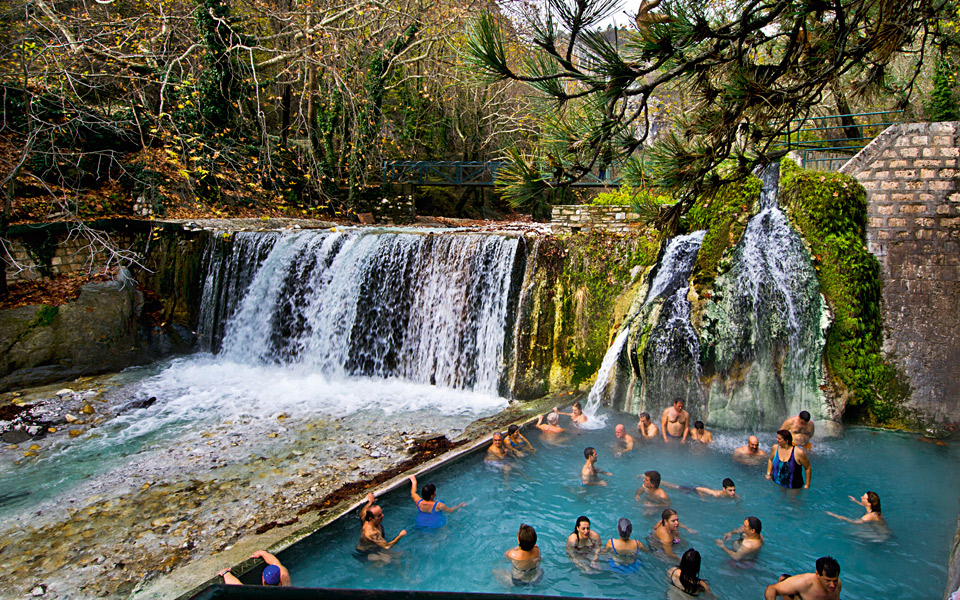With about 800 locations of natural curative resources, most of which are water-related, Greece could be described as a paradise of healing spas. Still, most remain undeveloped: only 34 springs have been officially recognized so far, while recognition of another 60 is pending. Meanwhile, few of them have onsite lodgings. Over the last few years, as holistic medicine has once again become a topic of discussion for the scientific community, there has been rekindled interest in developing these springs by creating high-end hydrotherapy facilities and hotels that focus on balneotherapy, not only as a treatment for specific ailments, illnesses and injuries, but also to promote general wellbeing.
The Greeks were among the first to discover the beneficial properties of water.
They used it not only for cleanliness and therapy, but also for relaxation. At first, unable to understand the actual curative capability of water, they (like other ancient people, such as the Egyptians, Babylonians, Persians and Indians) simply worshiped it as a deity and ascribed supernatural and magical powers to it. Early Greek texts and myths confirm this: Achilles, for instance, was invincible because his mother, Thetis, dipped him as a baby in the magical waters of the River Styx. As she held him by his heel, it remained the one vulnerable spot – his Achilles heel – which became the target of Paris’ arrow in the Trojan War. Heracles, another legendary hero, regained his strength after completing each feat by bathing in the hot springs at Thermopylae, which the god Hephaestus had created for him at the behest of the goddess Athena.
“The Greeks were among the first to discover the beneficial properties of water. They used it not only for cleanliness and therapy, but also for relaxation.”
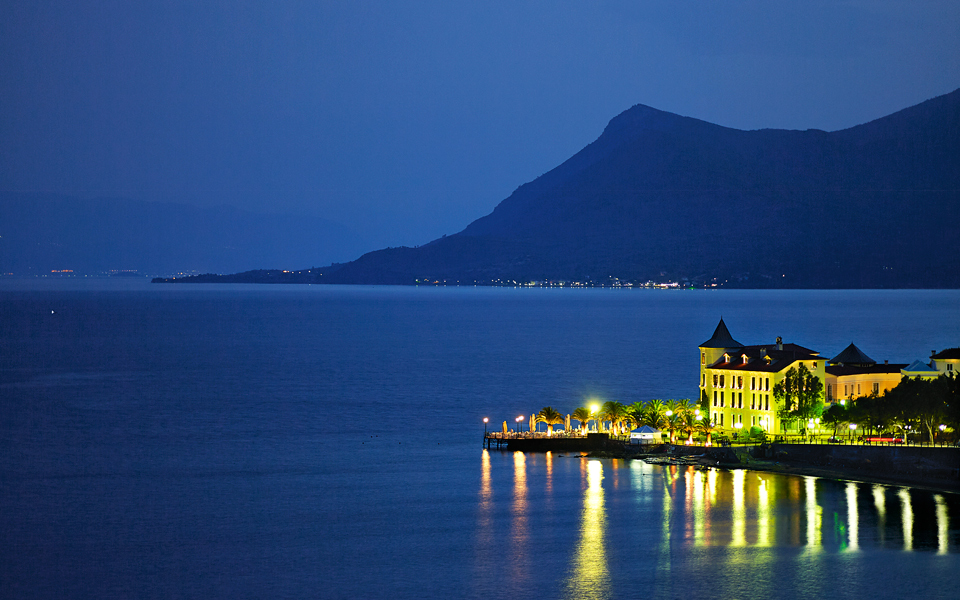
“For the Athenians, both hot and cold baths were an indicator of civilization and a part of everyday life. On the other hand, the Spartans and Macedonians, both fierce warrior tribes, believed hot water made one soft.”
As we learn from Homer’s epics, Greeks of this period also used water for personal hygiene. They welcomed visitors by serving them water as a gesture of hospitality, and by inviting them to wash in their home’s tub, called the asaminthos. Their love of water was passed down over the centuries to their descendants, who created the first public baths. The balaneia, so-called because of their acorn-shaped dome (balanos in ancient Greek means “acorn”), were available for warm or cold bathing, or for steam baths in the special chamber called the pyriaterio. This was heated either by a furnace or by steam coming through the floor. Most balaneia were built near the gymnasiums and wrestling schools where athletes trained, but they also attracted citizens who wished to meet and discuss philosophy while relaxing in the waters. And, during Greek winters, there were more than a few of the less well-off who frequented the baths for warmth. For the Athenians, both hot and cold baths were an indicator of civilization and a part of everyday life.
On the other hand, the Spartans and Macedonians, both fierce warrior tribes, preferred cold waters and avoided the balaneia, where they believed the heat just made one soft. The Spartans made an exception for the pyriaterio, which they used to work up a sweat before diving into the ice-cold waters of the River Eurotas to toughen themselves up.
During the 6th and 5th centuries BC, the ancient Greeks used healing water for the first time in medicine, as practiced then, at the Asclepieia. These were both places of worship and healing centers dedicated to the god Asclepius. Treatment included washing, hot or cold baths, diet, exercise and entertainment. Most Asclepieia were conveniently located next to water sources (thermal springs, rivers or the sea) and in areas of particular natural beauty. Since nature was associated with the divine and was therefore miraculous, it was considered to be an essential component of treatment.
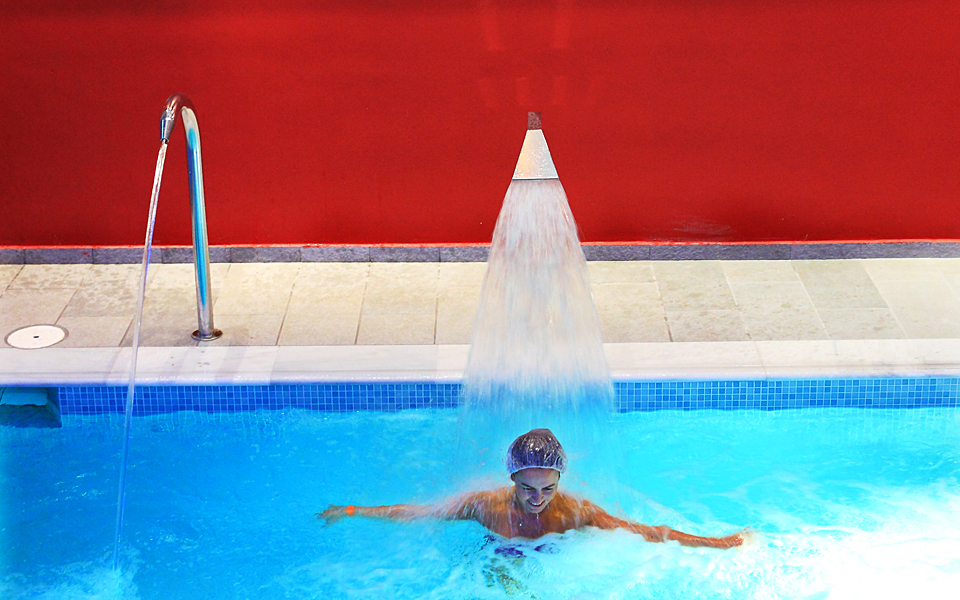
The foundation of holistic medicine had been laid, but it was Hippocrates (460-370 BC) who established its scientific basis. He separated treatment from religion and instead linked it to ecology, rationally propounding that the environment and climate could have a beneficial effect in the treatment of patients. He was the first to study the sources of water and to classify it as potable, saline or sea water, where the “saline” water was actually mineral spring water. He spoke of the effect of cold and hot baths on the human body and investigated conditions for which curative waters might be indicated.
The Romans inherited Hippocrates’ knowledge of hydrotherapy and applied it to the treatment of many diseases. The Greek physician Galen, who lived in Rome in the 2nd c. AD, contributed greatly to continuing the Hippocratic hydrotherapy tradition. Among other things, he classified springs according to the temperature and the chemical content of their water, while also documenting numerous therapeutic indications. As great fans of Greek baths, the Romans copied the idea and named them “balnea,” from the Greek balaneia. With advancements in plumbing systems and a greater abundance of water, the Roman baths surpassed the Greek ones and evolved into impressive bathing facilities, the so-called thermae. They reached their peak initially as recreational centers and led to the establishment of the early spa towns, before becoming identified with opulence and debauchery, then ultimately declining after the fall of the empire.
In the Byzantine period, the clergy initially fought against the baths, as the Christian ethic was diametrically opposed to the orgies that were supposedly taking place in the spa towns. However, the bath tradition was so deeply rooted in the lives of most citizens that the church ultimately had to accept it. A visit to the baths then became an important social event for the Byzantines, particularly those of the upper classes. In Greece, hydrotherapy essentially disappeared after the end of the Byzantine era, though the Turkish conquerors in turn made good use of the existing Byzantine baths. They turned them into the “Byzantine hammami,” and thus the “hammam” came to be known – wrongly, some may argue – as Turkish.
SCIENTIFIC BACKGROUND
One of the steps taken during the process of officially recognizing a thermal spring is an analysis of the chemical composition of the water. Springs are characterized by what they contain: sodium chloride; hydrogen sulfide; carbon; iron; radon; or any combination of the above. They are also classified on the basis of temperature: cold (<20°C), tepid (20°-35°C), medium-warm (35°-50°C) and hot (>50°C).
For different medical conditions, different mineral contents are indicated. Medical conditions may include disorders of the musculoskeletal, nervous, respiratory, cardiovascular, hematopoietic, gastro-intestinal and urinary systems, as well as dermatological, gynecological, endocrinological, otolaryngological and periodontal conditions. Hydrotherapy is used in thermal medicine as an adjunct to conventional medical treatment and is distinguished as either external (balneotherapy, mud treatments), internal (inhalation and water-drinking therapies) or thalassotherapy (using seawater). Treatment is applied under a doctor’s supervision, with an established time duration per session and a prescribed overall length of treatment period to achieve the maximum therapeutic result.
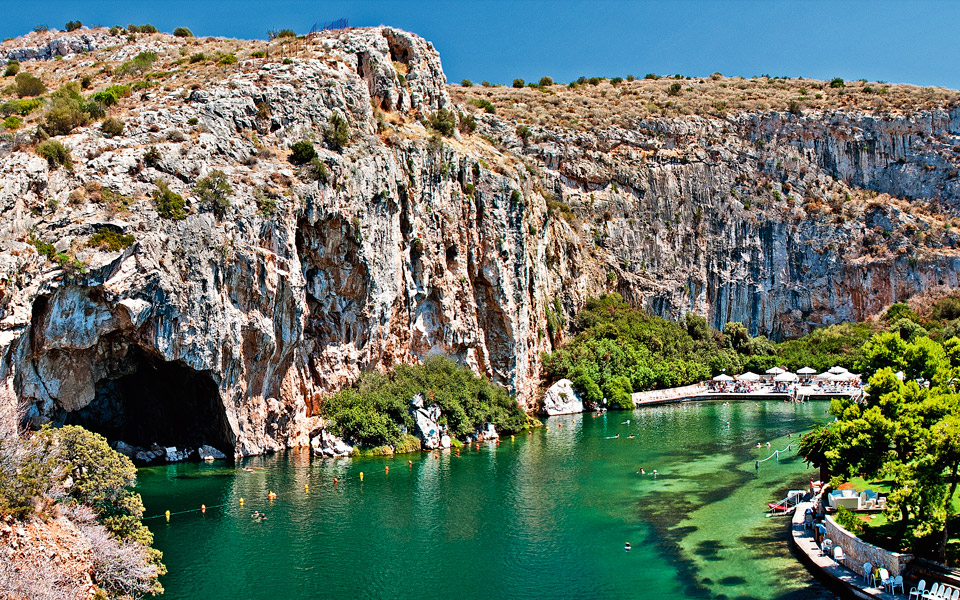
© Shutterstock
“The towns of Loutraki and Edipsos, among others, were at their peak in the interwar period, as they began to attract members of the upper middle class.”
By the mid-19th c., as thermalism was gaining popularity in Europe, the springs in Greece, which had just been liberated from the Turks, began to get attention as well. The first to take an interest in them was Ioannis Kapodistrias, the governor of the newly formed Greek nation. He formed a scientific committee to analyze and assess the thermal springs, particularly those in Ypati, Edipsos and Kythnos. In 1835, a Bavarian scientist named Xavier Landerer, the personal pharmacist of King Otto of Greece, published the first positive findings. Queen Amalia made Kythnos popular with her visits for balneotherapy, and in 1845 the first modern Greek public bathing facility was built there. By 1935, many of the areas with springs that were also near the sea had grown into important spa destinations, achieving European standards. The towns of Loutraki and Edipsos, among others, were at their peak in the interwar period, as they began to attract members of the upper middle class. By the 1950s, many spa towns would come to feature well-marketed hotels and resorts with restaurants and even casinos, thus creating a tourism product that the recently established Greek National Tourism Organization (GNTO) could now export. In the meantime, however, growing faith in conventional medicine and pharmaceuticals had impinged upon the popularity of spas.
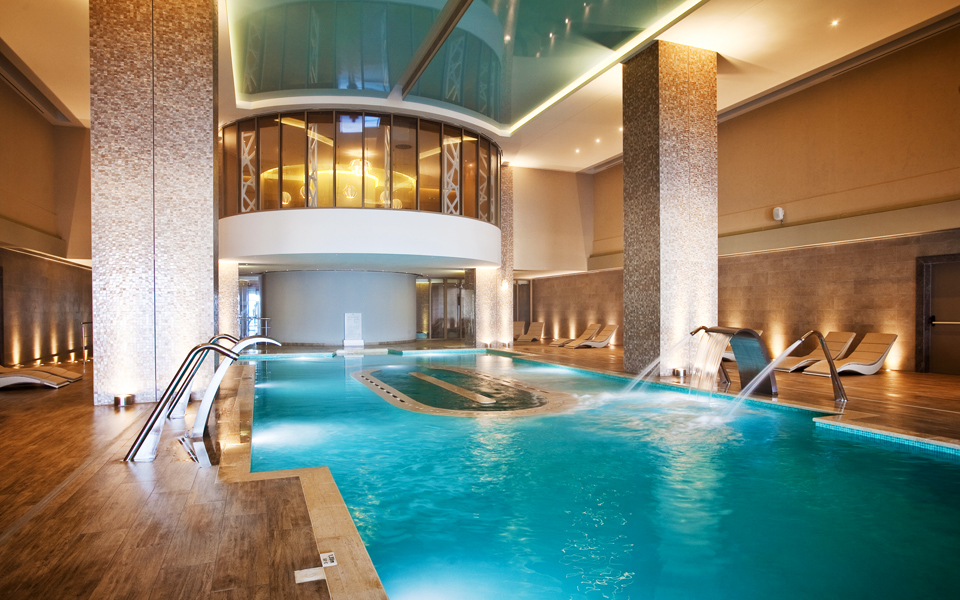
The Greek spa towns enjoyed one last period of glory in the 1960s and 70s, as the new middle class began to vacation there, taking advantage of their proximity to the sea. Naturally, spas were no longer a high-priority treatment option and were only used incidentally by those preferring cosmopolitan beaches. Thus, they gradually came to be used only by the elderly, and their use came to be associated primarily with cures for illnesses. In this way, spas came to be regarded as destinations for the old and the ill.
In fact, no matter where in Greece you travel, you’ll come across thermal springs, often with only basic facilities but with fanatic grey-haired supporters as well; you shouldn’t hesitate to join these enthusiastic individuals in the ancient practice of balneotherapy. If, on the other hand, you are more interested in higher-end facilities, there are now a number of luxurious hydrotherapy resorts supplied by the same thermal springs that have long invited visitors to experience the healing aspect of Greece.

